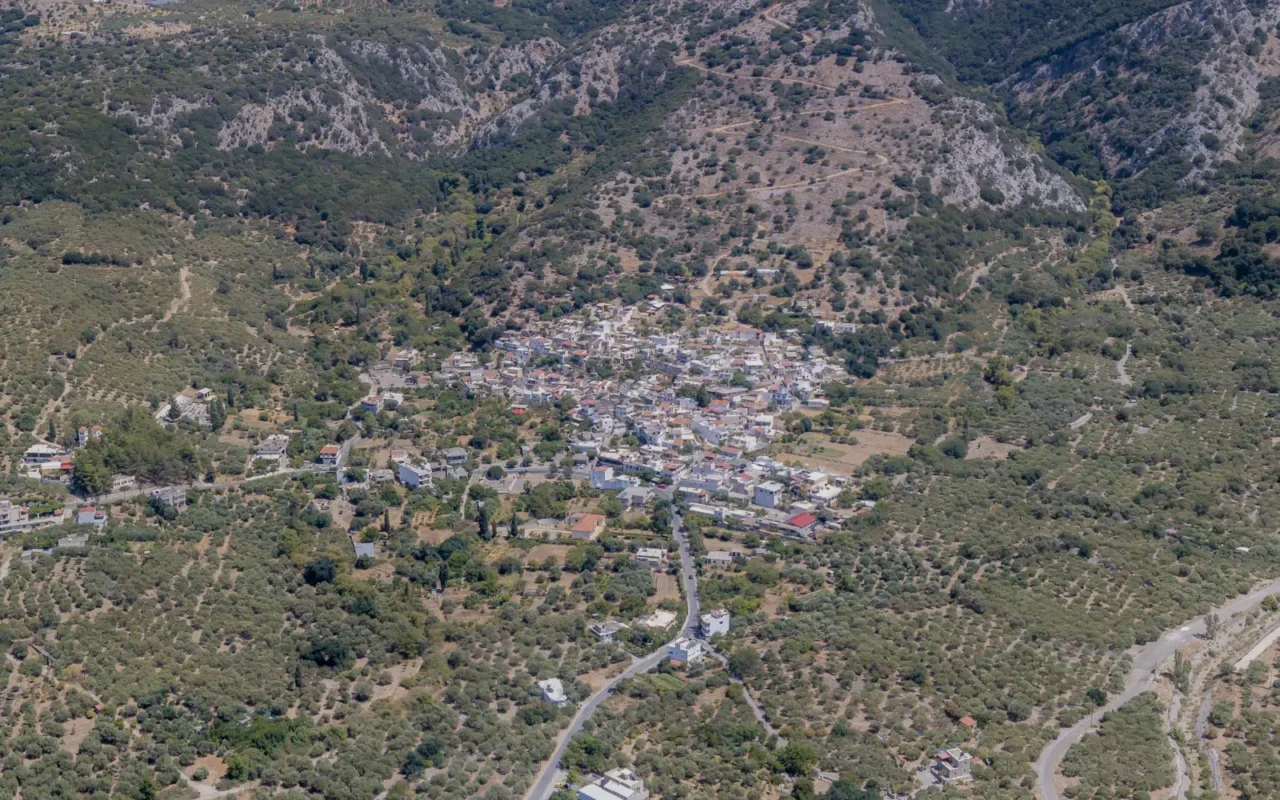
Gonies is a village and the administrative center of its respective community within the Municipality of Chersonissos in the Heraklion regional unit on the island of Crete, Greece. It was previously part of the Pediada Province.
Location
The village is situated on the western foothills of Mount Selena, at an altitude of 290 meters, along the route to the Lasithi Plateau. It is located southeast of Heraklion at a distance of 35 kilometers and 15 kilometers from the port of Chersonissos.
Etymology
The village’s name, “Gonies,” which translates to “corners,” is derived from its position in the eastern corner of the Lagada region.
Natural Features
Gonies is surrounded by lush vegetation, including olive trees, walnut trees, oaks, bushes, and aromatic herbs. The area boasts natural beauty with gorges, streams, caves, and springs with year-round water flow. Two notable canyons, Pharagouli and Roza Gorge, are located near the village. The Roza Gorge, considered one of the most beautiful in Crete, is a branch of the Ambelos Gorge.
Historical Background
The earliest reference to Gonies dates back to a Venetian document from 1283. In 1333, along with the village of Krasi and the monastery of Kera, Gonies formed a fiefdom of the Latin Patriarchate of Constantinople, and the Catholic Bishop had the right to lease it. The village has a history of resistance during the Ottoman occupation, serving as a revolutionary center in Eastern Pediada and enduring retaliatory attacks from the Turks.
Above Gonies, at the northernmost tip of Mount Louloudaki, the settlement of Flektro was discovered at an altitude of 900 meters. Dating back to 1200-800 BC, Flektro features scattered pottery shards and ruins of walls and square rooms. It likely functioned as an acropolis and fortress to protect the inhabitants from enemy raids. The view from Flektro is impressive, encompassing the entire Lagada valley with its villages, the northern side of the Lasithi Mountains, and the Cretan Sea.
Landmarks & Attractions
- Traditional Wooden Signs: A distinctive feature of the village are the traditional-style wooden signs and inscriptions found on almost all the buildings. These signs provide insights into the village’s history, indicating the type of shop or establishment that once occupied the space, the owner’s name, and any nicknames they were known by.
- Churches & Chapels: Several churches and chapels are scattered around the village, including the old two-aisled church of Agios Georgios (Saint George) and the Church of the Annunciation in the village square. Other notable religious sites include Afentis Christos in Ambelos, Agia Marina in Stoloi, Agios Raphael in Xirokambi, and the Church of the Dormition of the Theotokos in Kampou, all adorned with significant and remarkable frescoes.
- Other Points of Interest: The traditional building housing the village kindergarten, the square with its old plane trees and traditional cafes and shops, the old traditional houses in the village alleys, and a honey-making workshop in the heart of the village.
Community & Culture
The active cultural association of Gonies organizes traditional Cretan feasts and festivals throughout the year, attracting many visitors, especially during the summer months and particularly around the Assumption of Mary on August 15th. The village maintains a strong connection to its rich traditions, evident in the revival of old customs.
Population Data
Year |
Population |
|---|---|
1583 |
211 |
1881 |
417 |
2021 |
406 |
Village Key Points
- Historical References: First mentioned in 1283, served as a fiefdom in 1333, and played a role in Cretan uprisings during the Ottoman occupation
- Location: Western foothills of Mount Selena, at an altitude of 290 meters
- Historical Significance: A center of revolutionary activity during the Cretan uprisings against the Ottomans
- Population data over the years: See the table above
- Current Status: A picturesque village known for its natural beauty, traditional architecture, and cultural events.













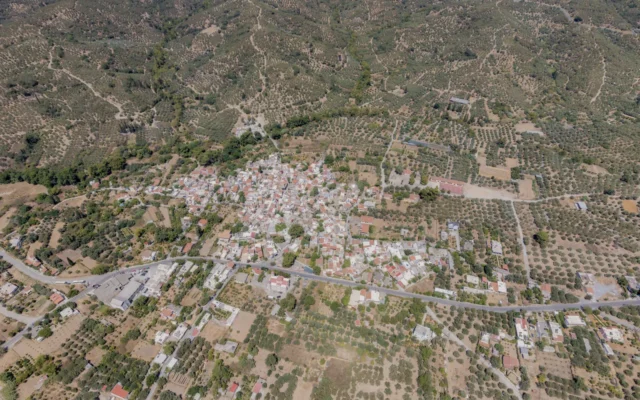



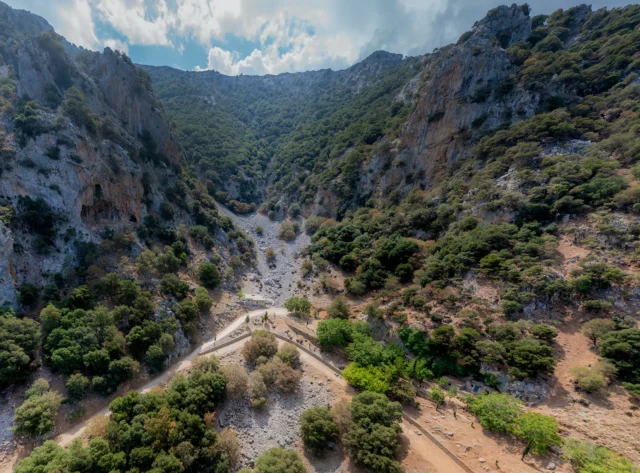

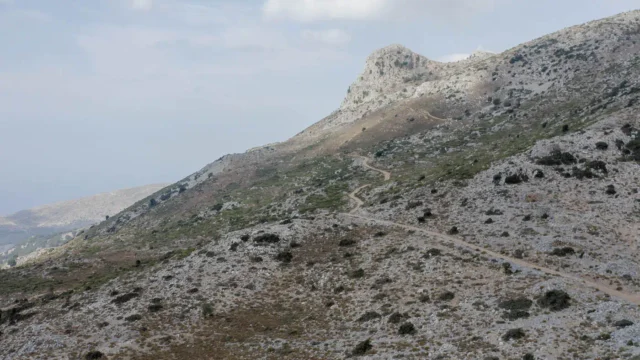

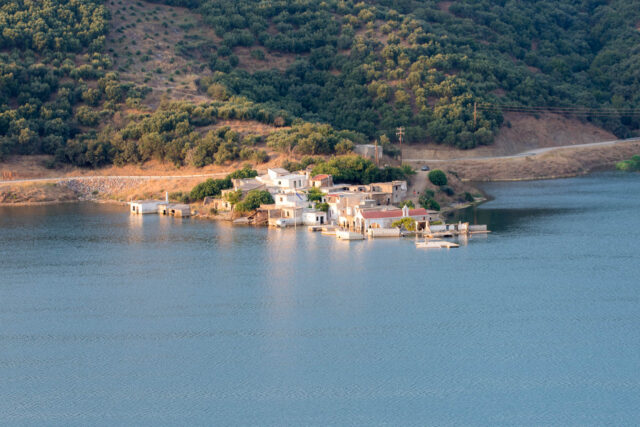

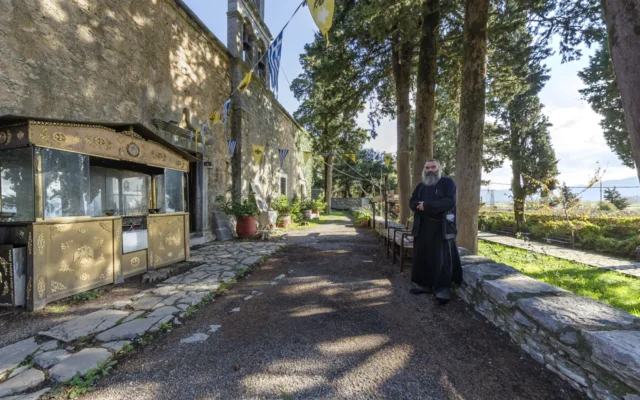
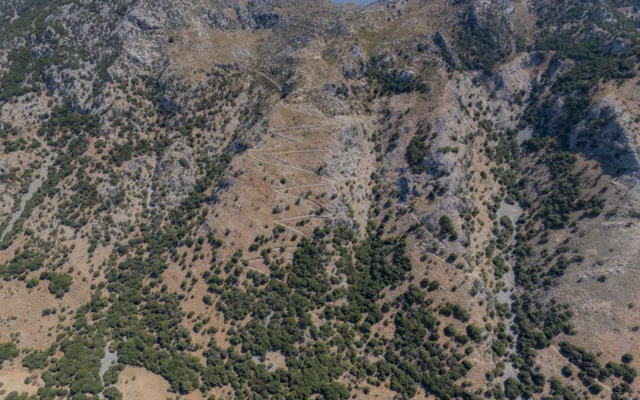
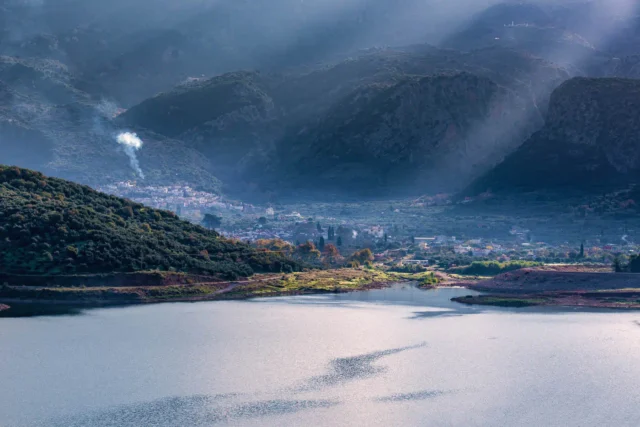
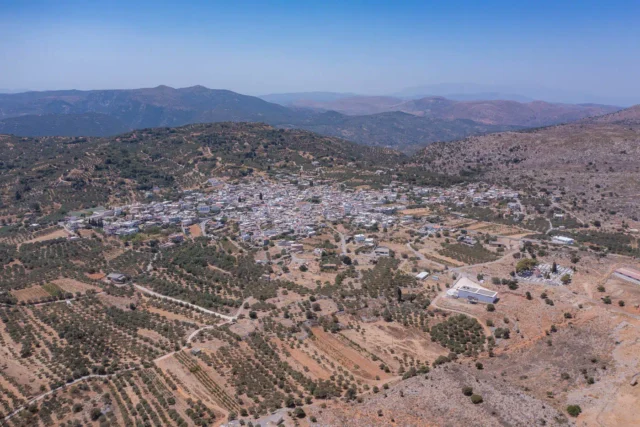
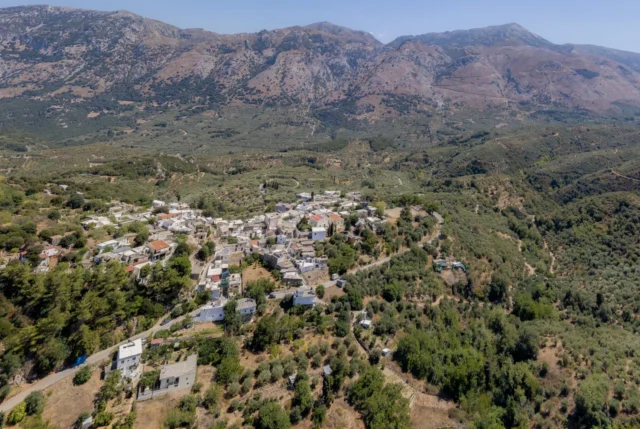

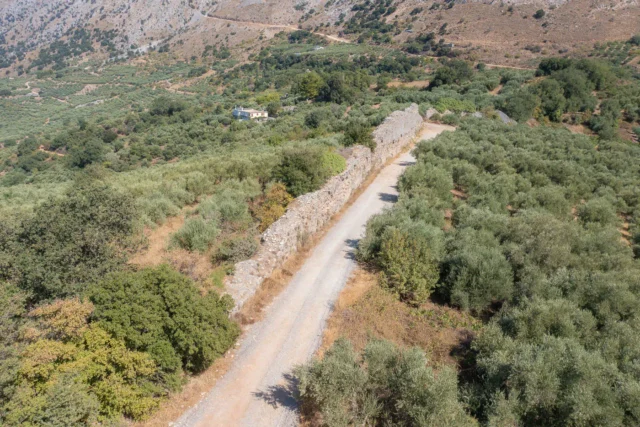

There are no comments yet.